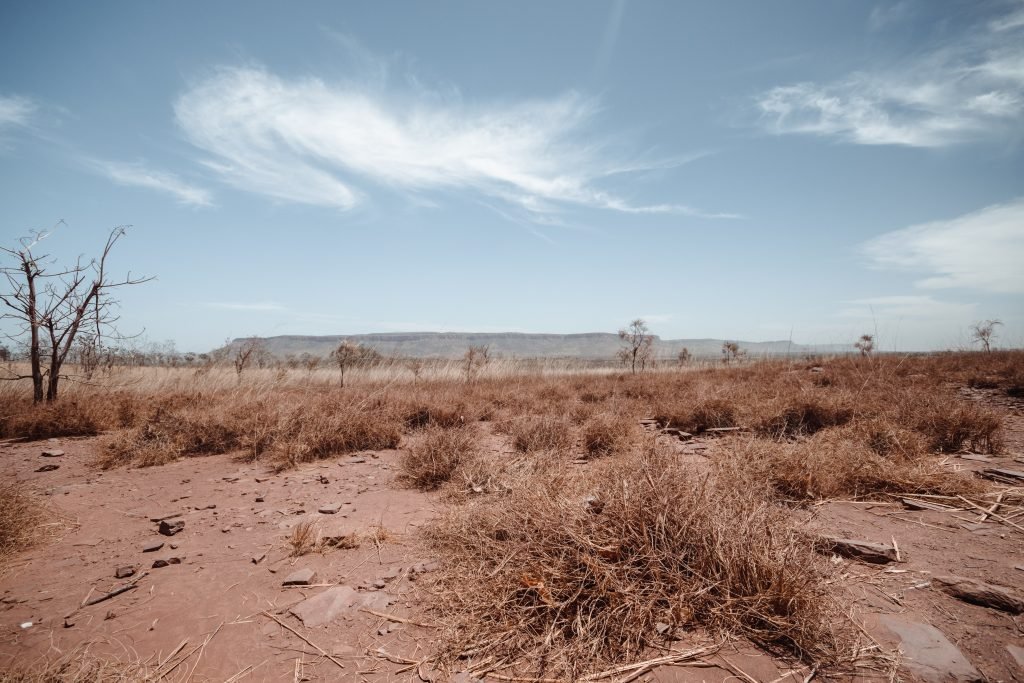Nearly three quarters of US farmers say this year’s drought is hurting their harvest — with significant crop and income loss, according to a new survey by the American Farm Bureau Federation, an insurance company and lobbying group that represents agricultural interests.
This year’s drought conditions are taking a harder toll than last year’s, as 37% of farmers said they are plowing through and killing existing crops that won’t reach maturity because of dry conditions. That’s a jump from 24% last year, according to the survey.
Severe drought is forcing many farmers in the United States to destroy their crops, according to the latest survey by the American Farm Bureau Federation (AFBF), a lobbying group representing agriculture interests.
The survey, conducted between June 8 and July 20, covers 15 states hit by extreme drought conditions and which collectively contribute to almost half of America’s agricultural production value. The states include north of Texas, up along the Central Plains to North Dakota and west to California.
Thirty-seven percent of farmers are plowing through and killing existing crops because they won’t reach maturity due to dry conditions. This is up from 24 percent in 2021.
Similarly, 33 percent of respondents said they were destroying and removing orchard trees and other multiyear crops, almost double the 17 percent last year.
More than 80 percent of the West is in severe drought this year, according to the National Drought Monitor — up from just 20 percent last year.

According to a survey by the U.S. Farm Bureau, more than three-quarters of farmers in drought-stricken states have pulled farmland out of production, and 85 percent of ranchers reported selling off some portions of their herds.
The U.S. Department of Agriculture’s cattle report last month found that herds are down by 2.4 percent nationwide since last year. That’s a decrease of 750,000 cows, and a fall of 2 million since the national herd peaked in 2018 — just before the drought began to worsen across much of the West.
Over the last two weeks of July, the national cattle sale rate also jumped to 120 percent above 2021 levels — an average that reporting by The Hill and KAMR suggested conceals even higher frenzies of sales in some markets.
Crop impact
High overnight temperatures can also negatively impact crops such as corn, wheat, rice, and barley. Warmer overnight temps increase the crops’ respiration, leading to increased water use. Crops may also use carbon that’s usually used to develop grain cells, which can mean a lower yield.
For corn, it’s particularly dangerous when warm nights occur during the pollination stage, said Mark Licht, an extension cropping specialist with Iowa State University. Cooling off at night during this stage helps produce higher yields, so the timing of those high overnight temperatures makes a difference.
We have always emphasized the importance of having a good website for your company because it can act as your best tool for marketing and sales. A poorly designed website can repulse people from your business and can cause you to lose customers before you even have them. Get in touch with HyperEffects to work on creating, enhancing, and making the website of your company more user-friendly.

